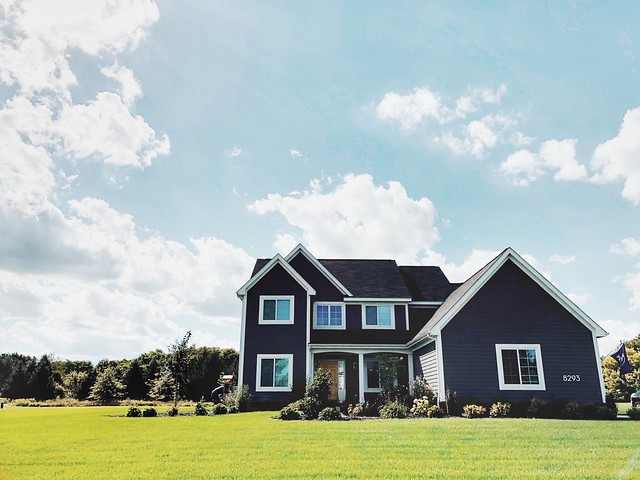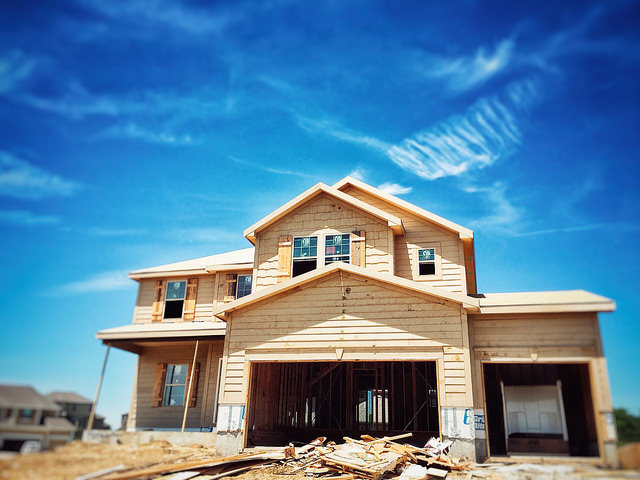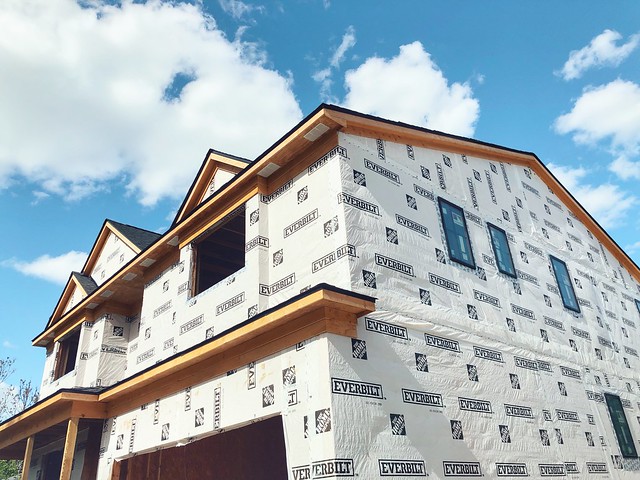The S&P Case-Shiller Home Price Indices is considered among the leading measures of U.S. home prices. It covers all nine census divisions and has data going back nearly 30 years. According to the most recent results, the indices show home prices strong through the first half of the year – though the rate of increase has begun to slow. For example, prices were up 5.9 percent year-over-year in May, down from 6.4 percent the previous month. Still, Brian D. Luke, head of commodities, real & digital assets at S&P, says the first half of the year has been better than previous years. “While annual gains have decelerated recently, this may have more to do with 2023 than 2024, as recent performance remains encouraging,†Luke said. “Our home price index has appreciated 4.1 percent year-to-date, the fastest start in two years.†(source)













